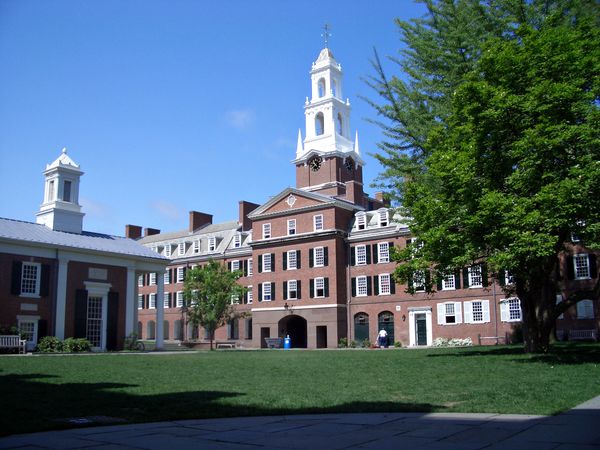Upon coming home from work the other night, I was greeted by a letter from my school, Eastern Michigan University. Curiosity possessed my mind as I slid my finger under the sealed flap. The curiosity soon turned into frustration.
For those of you who don’t know, this year, Eastern decided to raise their tuition rates by 7.8%. This tops the 2.8% ceiling set by the state. This means that they lose $1 million in government-funded financial aid in which they would pass on to the students. School officials claim that they will gain $10 million from the increase. Walter Kraft, vice president of communications, stated that $4.5 million of the extra funds will go into financial aid, while the rest went towards educational improvements and staff backing. This means that students will pay an extra $25 per credit hour.
Granted, EMU has not significantly raised tuition rates in years, about an average of 3.1% over the past 7 years. This recent hike came as a sickening surprise to many of the current and future students. As it was, many of us had trouble covering the cost of the seemingly already too-high rates. Eastern still claims that it is one of the most affordable in the state, with only Northern Michigan University and Saginaw Valley State University under it.
Now, $25 more per credit hour may not seem like a lot, but let me show you the math. To be considered a full time student, the student has to take 12 credit hours per semester. This is an extra $300 per semester and $600 per academic year. Added to the already high cost of tuition, students have a hard time bearing the extra weight.
Why? Why has tuition, for not just Eastern, but colleges and universities around the nation, soared higher and higher? What is the driving factor behind these rising prices? Many people claim the reason is inflation, however this is not true. According to inflationdata.com, the inflation rate since 1986 has expanded by 115.06%, which slightly doubles the price of everything we purchase. The cost of tuition has “increased a whopping 498.31%”.
The massive amounts of tuition increases started when the government introduced the Federal Stafford Loan through the Free Application for Federal Student Aid (or FAFSA). It became ridiculously easy for students to take out loans and in return, the schools raised their rates to cash-in on the extra "easy money."
Yes, schools need some of the extra money for upkeep, additions, and staff changes. Lawn care, building repairs, and additional programs and faculty are not cheap. In order to stay relevant and attractive to prospective students, colleges must invest the time and money to compete with other establishments.
But what isn't taken in account, whether because of lack of interest or lack of knowledge, is how the students are expected to pay for their education. Many colleges offer aid, but often this isn't enough to cover the total bill. FAFSA only helps if the student and their family are financially unable to meet the costs of going to school. Where does this leave the students whose families make above the line that FAFSA will help, but under the line where they can go to school and pay for it comfortably?
Many college students are forced to take out loan after loan, desperately trying to make ends meet. Many of us work, but the money we earn goes straight into our living expenses instead of the looming debt. The amount we owe keeps growing until we graduate and discover we're in way over our heads.
And what about when we finally receive our degree and are ready to enter our careers? Are there ample jobs in the field where we want to be? If there are, do they pay enough to tackle the debt? Or are we forced to live with the swelling debt until it consumes everything we own?
There is no reason for tuition being as high as it is. As a result, young adults are forced to start out their lives with crippling amounts of debt that hinder them and their future. Even worse are the brilliant young minds who cannot go to college because of the ever increasing costs. In the world we live in today, a higher education is no longer a luxury, but a necessity, so why are we paying a luxury price?
Sources:
http://www.mlive.com/news/ann-arbor/index.ssf/2015...
http://inflationdata.com/inflation_articles/educat...






















